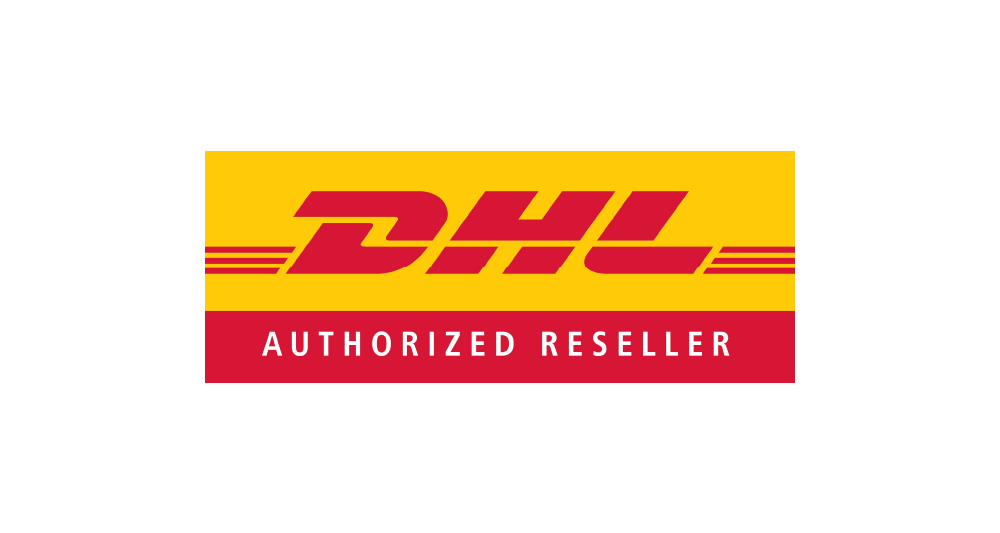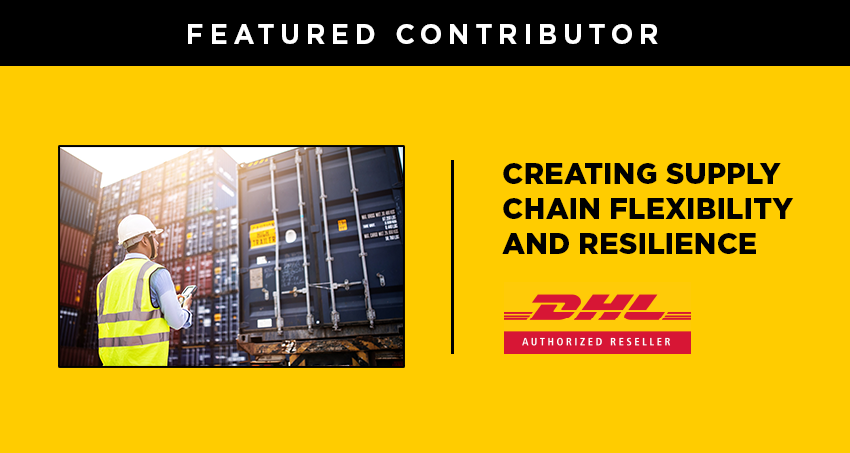Written by Greg Hewitt, DHL Blog
Your business’s ability to reach new audiences and markets – and to deliver high-quality service to those it already serves – depends on the strength and resilience of your supply chain. A flexible supply chain that gives you options is clearly preferable to one that doesn’t adapt and is prone to bottlenecks. But what does this flexibility look like in practice? A modern e-commerce organization should have a fully fleshed-out logistics strategy, one that leaves nothing to chance.
As noted in a recent Business Journals article, the age of a rigid one-dimensional supply chain is ending, replaced by more dynamic networks powered by digital data. Such an advanced approach will help your company keep goods moving when potential disruptions arise. The following are a few of the factors you should consider when making this approach happen.
Using Data to Build the Ideal Logistics Network
So how do you deliver to your target audience in a way that’s reliable and affordable? Answering this question has been a driving force behind e-commerce since its inception, and the answer has evolved over time. Today, you have access to big data and the analytics tools to derive insights from the raw information. You can use those capabilities to design optimized long-term and short-term supply chain strategies.
Forbes contributor Yasaman Kazemi revealed data analysis is now an essential part of operating a global company, rather than a nice-to-have addition. Current supply chain operations are powered by numerous digital interactions and processes – there’s ample fuel for analytics. If your business is adept at interpreting that data, the result can be improved decision-making ability regarding infrastructure strength in various markets, as well as customer preferences and demand for your services.
You can use analytics in multiple ways within the supply chain. Historical data can forecast present and future demand. Machine learning algorithms are able to improve their accuracy over time, harnessing complex patterns to give your company a guide to optimization.
Artificial intelligence is currently making its way from consumer applications to industrial usage. Supply chains generating high volumes of data are empowered to make adjustments more quickly via AI than they could manually. With companies becoming ever more data-driven, you should make a point of integrating this approach to supply chain planning now to remain competitive – late adopters may be left behind in terms of efficiency and profitability.
Staying Aware of Potential Weak Links
Creating a supply chain that will serve customers around the world optimally isn’t just about having the perfect Plan A. You also need contingency plans for inevitable disruptions that could cause delays, either temporarily or permanently. Spend Matters points out that good logistics preparation means knowing which parts of the supply chain present the greatest risk of disruption, and what would happen to those points in a worst-case scenario.
It pays to plan around everything from changing tariffs to shifting weather patterns. Anything that could put your current shipping routes at risk is fair game for consideration, with a special focus on incidents that would have the greatest financial impact on your business.
Businesses around the world have seen worst-case scenarios play out in real-time as they have endured the novel coronavirus pandemic. While no Plan B can insulate a company from an event of such scale and severity, the virus has demonstrated which elements of supply chains break down first in a crisis and where international commerce is most vulnerable. Furthermore, some companies in the restaurant sector have been able to reduce their losses with intelligent supply chain automation, as Forbes contributor Aeyemi Ajao reported. The speed at which these organizations reenter the playing field will likely depend on how well-developed and adaptable their supply chain processes and strategies are.
Focusing on Beneficial Partnerships
Working with shipping and supply chain experts is an efficient way to determine the status of your logistics processes, as well as potential next steps. A partner organization can help you examine and reconsider everything from your network of distribution centers to your contingency plans in case of new tariffs. The end result will be a more flexible, resilient and adaptable supply chain, ready to serve all your markets through changing conditions.
Speak with a DHL specialist to discover ways to infuse your supply chain with flexibility and resilience.
Have questions about how to improve your supply chain? Tweet us @DHLUS.
Source: DHL Blog




